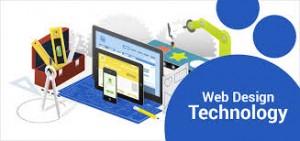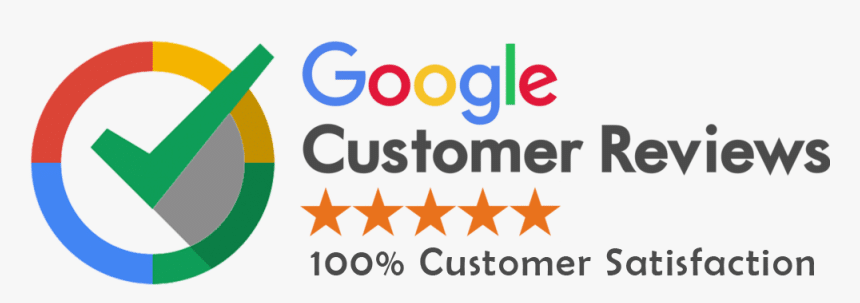In the ever-evolving landscape of Technology for Website designing, staying abreast of new technologies is essential to create cutting-edge, user-friendly, and visually stunning websites. Let’s delve into some of the latest technologies that are shaping the future of website design. website designing Dubai’s structure has been changing constantly.
1. 1. Artificial Intelligence (AI):
- Application: AI is revolutionizing web design by automating tasks, personalizing user experiences, and providing data-driven insights. Chatbots powered by AI enhance user engagement, while AI algorithms optimize website layouts based on user behavior.
2. 2. Voice User Interface (VUI):
- Application: With the rise of smart speakers and voice-activated devices, integrating VUI into websites allows users to navigate and interact using voice commands. This technology enhances accessibility and accommodates users who prefer hands-free interactions.
3. 3. Augmented Reality (AR) and Virtual Reality (VR):
- Application: AR and VR technologies are adding immersive elements to web design. From virtual product try-ons for e-commerce websites to interactive virtual tours, these technologies provide engaging and memorable user experiences.
4. 4. Progressive Web Apps (PWAs):
- Application: PWAs offer a seamless, app-like experience within a web browser. They provide offline capabilities, push notifications, and fast loading times, enhancing user engagement and performance.
5. 5. Motion UI:
- Application: Motion UI involves the use of animations, transitions, and other dynamic elements to enhance the visual appeal of a website. From subtle hover effects to complex animated backgrounds, motion UI contributes to a more engaging user experience.
6. 6. 3D Graphics and Illustrations:
- Application: 3D graphics and illustrations bring a new dimension to web design. From 3D product visualizations to dynamic and interactive 3D elements, this technology adds depth and realism to website aesthetics.
7. 7. Blockchain Integration:
- Application: Blockchain technology is being integrated into websites to enhance security, transparency, and trust. It can be particularly valuable for e-commerce platforms, ensuring secure transactions and protecting user data.
8. 8. Cybersecurity Measures:
- Application: With the increasing importance of online security, new technologies are emerging to protect websites from cyber threats. This includes advanced encryption methods, biometric authentication, and secure coding practices.
Font Dragr, a Great Live Test Fonts Site
Nowadays, website designers of Dubai are into finding font style that are suitable for the website as it impact on the website looks. It is wastage of time as there are tons of font styles and it is a very boring tasks to do. These technologies named Dragr help to choose font style by provides different font style and allow applying font Dragr to get an idea about how it would look on a website.
Adobe Released Lightroom 5.3 and Camera RAW 8.3
There has been recent updates of light room 5.3 and Adobe Camera Raw 8.3 to give assistance on additional camera and lenses with bug fixes which were released previously in lightroom. This was released to give support on lens profile, camera raw support and address bugs.
Adobe Dreamweaver CC with fantastic new features
This allows the website to look attractive and fresh to the viewers by featuring CSS Designer, Creative cloud sync and much more.
Using Terminal To Block Websites On Mac
In Mac based operating system, there is texted based program known as terminal or terminal emulator. It helps the user to manage the operating system through text commands.
Conclusion:
Embracing this innovative Technology for Website designing is not just a trend but a necessity in the dynamic world of website design. Incorporating these advancements allows designers and developers to create websites that are not only visually appealing but also offer enhanced functionality, security, and user engagement. As technology continues to evolve, the future of web design holds exciting possibilities for creating immersive, personalized, and efficient online experiences.





